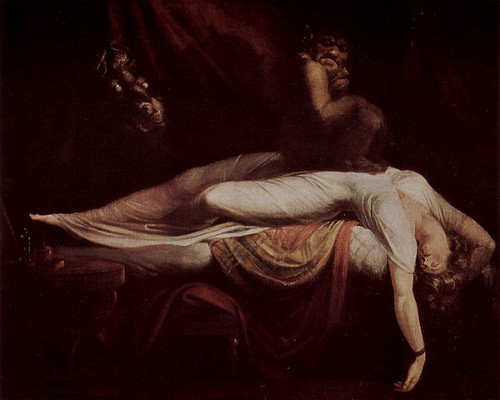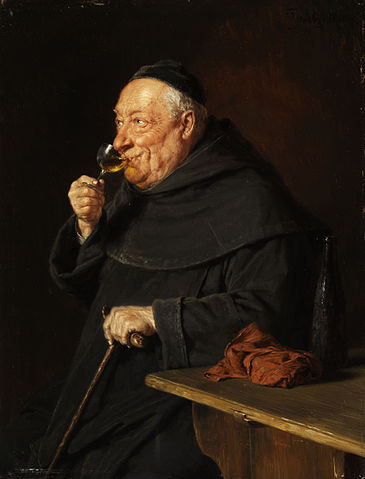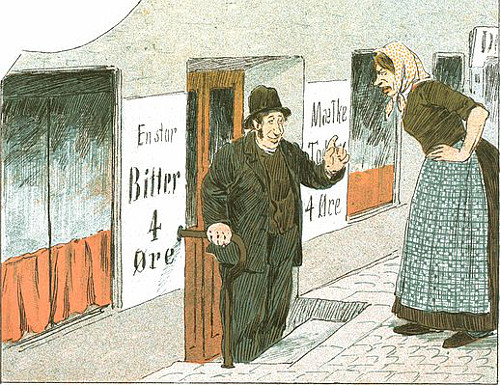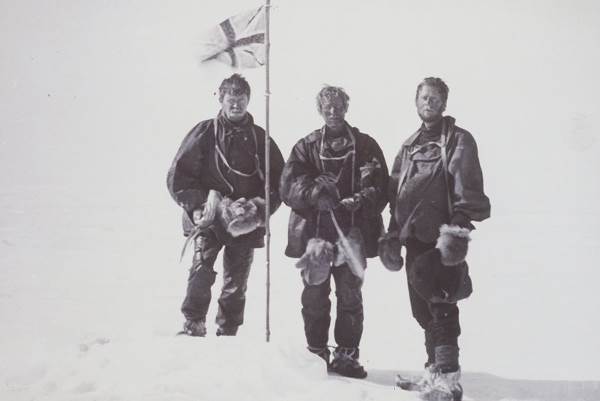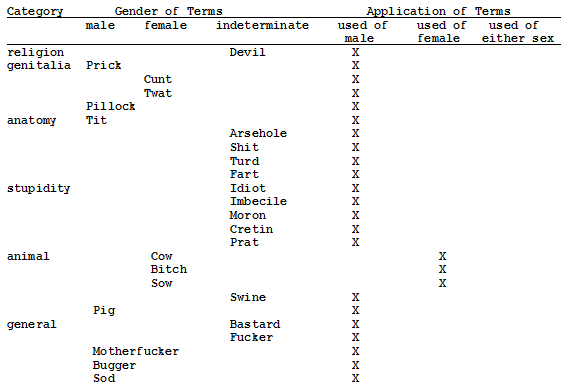Unfortunate newspaper headlines, collected by Robert Goralski for Press Follies, 1983:
TOWN OKS ANIMAL RULE (Asheville Citizen)
TRAVIS MAN DIES AFTER ALTERATION (Sacramento Bee)
INDIAN OCEAN TALKS (The Plain Dealer)
JUVENILE COURT TO TRY SHOOTING DEFENDANT (Deseret News)
TRAIN ROLLS 0 MILES WITH NO ONE ABOARD (New York Times)
LAWMEN FROM MEXICO BARBECUE GUESTS (San Benito [Texas] News)
FLIES TO RECEIVE NOBEL PRIZE (New York Times)
CARTER TICKS OFF BLACK HELP (San Francisco Examiner)
MAULING BY BEAR LEAVES WOMAN GRATEFUL FOR LIFE (Herald-Dispatch, Huntington, W.Va.)
SILENT TEAMSTER GETS CRUEL PUNISHMENT: LAWYER (The Home News, Brunswick, N.J.)
MANCHESTER MAN BURSTS, HALTS TRAFFIC (Hartford Times)
SKELETON TIED TO MISSING DIPLOMAT (Philadelphia Evening Bulletin)
POET DOESN’T WANT AUDIENCE OF ILLERATES (Raleigh Times)
GLASS EYE IS NO HELP IN IDENTIFYING CORPSE (Deseret News)
FORMER MAN DIES IN CALIFORNIA (Freemont County [Calif.] Chronicle News)
MATH IMPROVEMENT INDICATES LEARNING IS TIED TO TEACHING (New York Times)
PAIR CHARGED WITH BATTERY (Denver Post)
TUNA RECALLED AFTER DEATH (Chicago Daily News)
TWO CONVICTS EVADE NOOSE; JURY HUNG (Oakland Tribune)
JERK INJURES NECK, WINS AWARD (Buffalo News)
TEACHERS’ HEAD GOES OFF TO JAIL (Sarasota Herald-Tribune)
SIX SENTENCED TO LIFE IN CLARKSVILLE (Nashville Banner)
POPE LAUNCHES TALKS TO END LONG DIVISION (Pomono Progress Bulletin)
A GRATEFUL NATION BURIES SAM RAYBURN (New York Herald Tribune)
SHOUTING MATCH ENDS TEACHER’S HEARING (Newsday)
DOCTOR TESTIFIES IN HORSE SUIT (Waterbury Republican)
Some are inspired: When the New York Times reported that a mansion-hunting Aristotle Onassis had visited Buster Keaton’s former estate, it chose the headline ARISTOTLE CONTEMPLATING THE HOME OF BUSTER.


